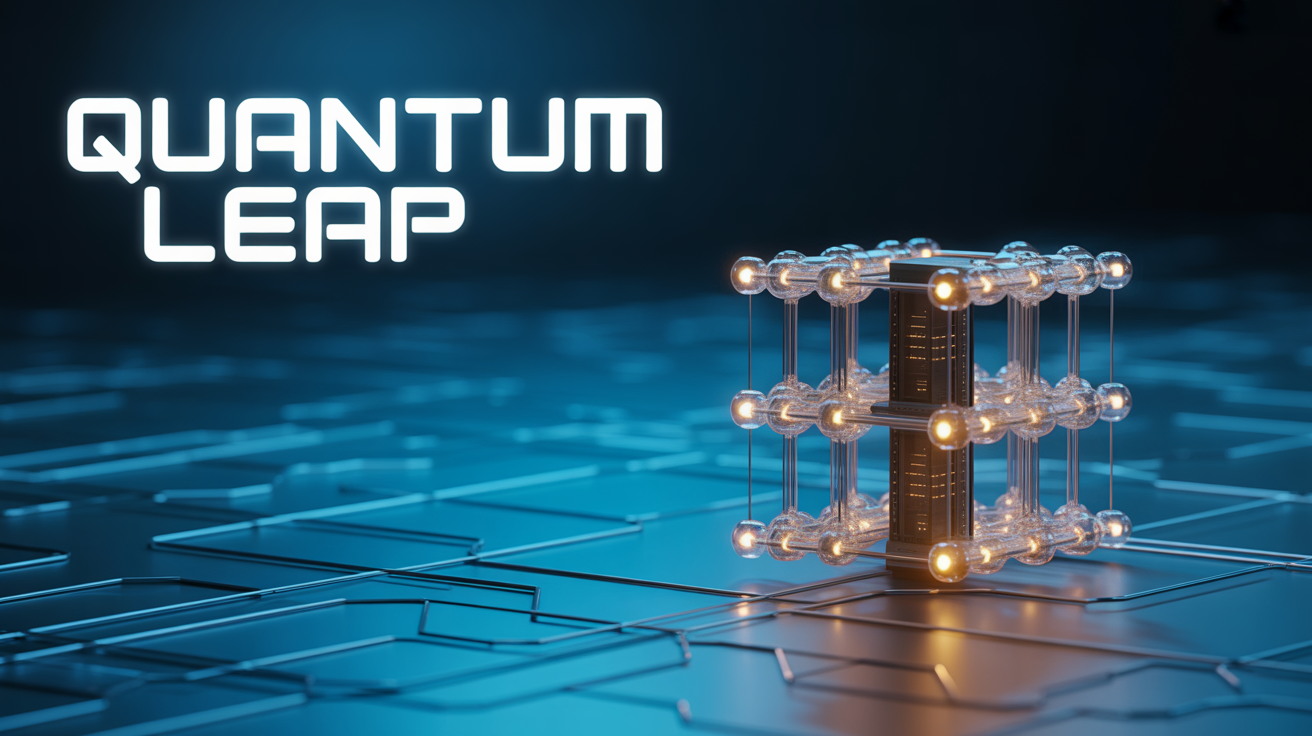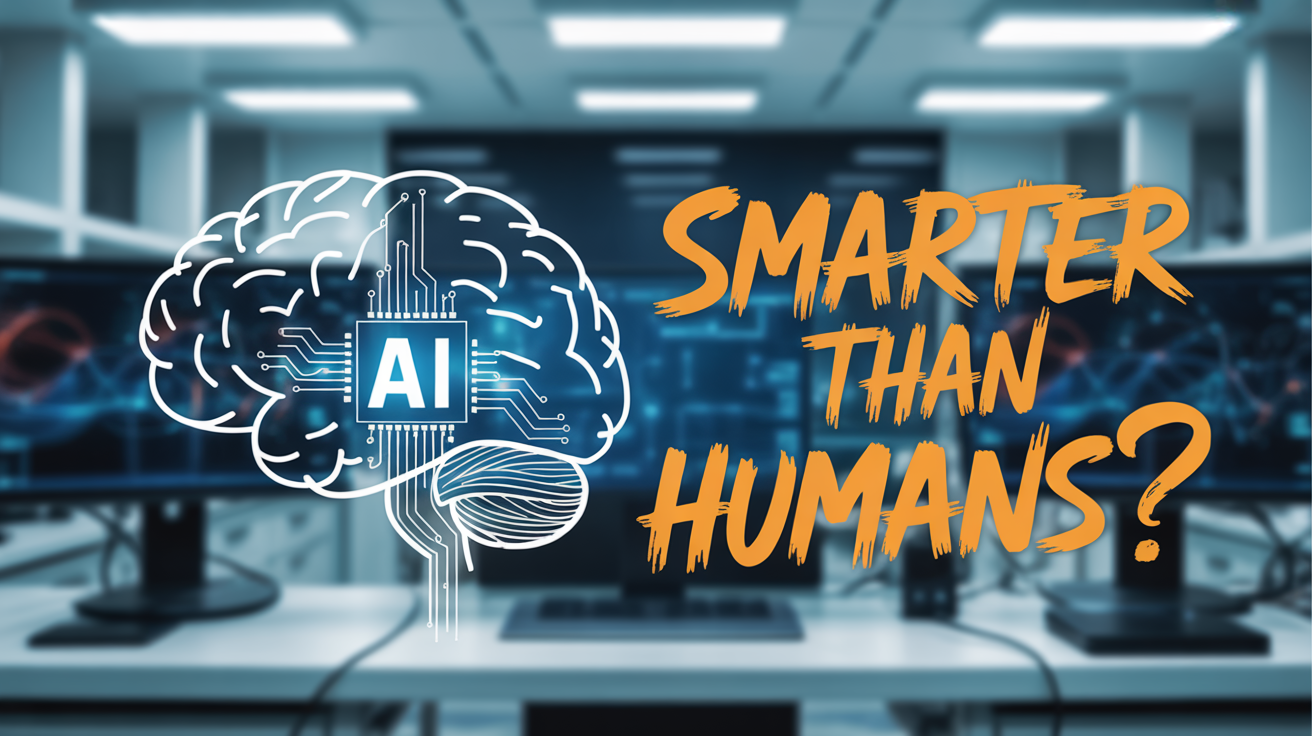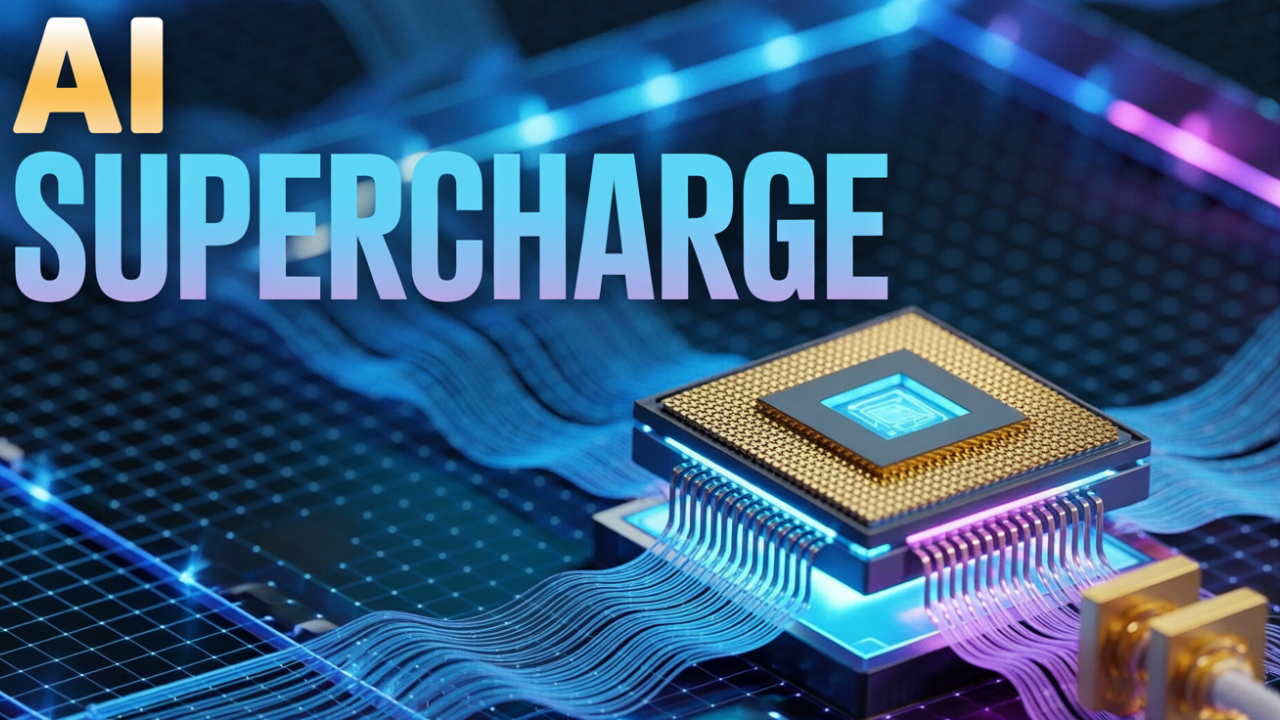

The Challenge
Traditional cloud computing creates a fundamental bottleneck: latency. When an autonomous vehicle needs to decide whether to brake for a pedestrian, every millisecond of delay in sending data to the cloud and receiving a response could mean the difference between safety and disaster. Current cloud architectures introduce 20-100 milliseconds of latency—an eternity when split-second decisions matter.
Bandwidth limitations compound the problem as billions of IoT devices come online. Smart cities generate terabytes of data hourly from traffic sensors, security cameras, and environmental monitors. Sending all this data to centralized cloud servers creates network congestion and enormous costs. The infrastructure simply cannot scale to handle the exponential growth in data generation at the edge.
Privacy and security concerns make cloud-only processing increasingly problematic. Medical devices, financial terminals, and industrial sensors often handle sensitive data that regulations require to stay local. Manufacturing facilities need real-time process control but cannot risk exposing proprietary data to external networks. Edge computing addresses these concerns by keeping sensitive processing local.
The Innovation
Edge computing distributes processing power to the 'edge' of networks—directly where data is created and consumed. Instead of sending raw data to distant cloud servers, edge devices perform initial processing locally, sending only relevant insights to the cloud. This creates a hierarchical computing model where different types of processing happen at optimal locations in the network.
Modern edge devices pack surprising computational power into small form factors. NVIDIA's Jetson series brings GPU acceleration to edge applications, enabling real-time AI inference for computer vision and machine learning. Intel's edge processors combine CPU, AI acceleration, and specialized I/O capabilities designed specifically for industrial and IoT applications.
5G networks are amplifying edge computing capabilities by providing ultra-low latency connections between edge devices and distributed computing resources. Multi-access edge computing (MEC) brings cloud capabilities directly to cellular network infrastructure, enabling new applications like augmented reality gaming, remote surgery assistance, and real-time industrial automation.
Edge AI is becoming increasingly sophisticated, with machine learning models optimized for local processing. Federated learning allows edge devices to improve AI models collaboratively without sharing raw data. This enables continuous improvement while maintaining privacy—smart home devices can learn user preferences without exposing personal behavior patterns to external servers.
The Impact
Autonomous vehicles represent the most visible application of edge computing, where onboard processors make thousands of driving decisions per second. Tesla's Full Self-Driving computer processes camera feeds locally, identifying objects, predicting behavior, and planning routes without relying on cloud connectivity. Waymo's vehicles combine multiple edge processors to create redundant safety systems that work even when internet connectivity is lost.
Smart cities are deploying edge computing to optimize traffic flow, reduce energy consumption, and improve public safety. Traffic management systems process video feeds locally to adjust signal timing in real-time, reducing congestion without sending video data to remote servers. Environmental sensors process air quality data locally, triggering immediate responses to pollution events while maintaining citizen privacy.
Industrial IoT applications use edge computing for predictive maintenance and quality control that saves millions in downtime costs. Manufacturing equipment with embedded edge processors can detect anomalies in vibration patterns, temperature fluctuations, or acoustic signatures that indicate impending failures. These systems can automatically adjust parameters or schedule maintenance before expensive breakdowns occur.
Healthcare applications leverage edge computing for patient monitoring and diagnostic assistance that could save lives through early intervention. Wearable devices process heart rhythm data locally to detect arrhythmias, calling for help immediately rather than waiting for cloud analysis. Hospital equipment with edge AI can analyze medical images in real-time, alerting doctors to critical findings during procedures.
The Forecast
The edge computing market is projected to reach $274 billion by 2030, driven by the explosion of IoT devices and AI applications requiring real-time processing. Every major cloud provider is investing heavily in edge infrastructure—Amazon's AWS Wavelength, Microsoft's Azure Edge Zones, and Google's Distributed Cloud Edge are bringing cloud capabilities directly to network edges.
Standardization efforts are accelerating edge computing adoption across industries. The Linux Foundation's EdgeX Foundry provides open-source frameworks for edge applications, while the Eclipse Foundation's fog computing initiatives create interoperability standards. These efforts are reducing development costs and accelerating deployment of edge solutions.
Hardware innovations are making edge computing more accessible and powerful. ARM-based processors optimized for edge workloads offer better performance per watt than traditional server chips. Specialized AI accelerators like Google's Edge TPU and Intel's Neural Compute Stick bring machine learning capabilities to resource-constrained edge devices.
Edge-to-cloud integration is evolving toward seamless hybrid architectures where computing dynamically shifts between edge and cloud based on current needs. Applications will automatically optimize processing location based on latency requirements, bandwidth availability, and computational demands—creating truly distributed intelligent systems.
🔮Future Lens
By 2040, the distinction between edge and cloud computing may disappear entirely as intelligent systems automatically optimize processing across distributed networks. We might see the emergence of 'computing swarms'—networks of edge devices that collaborate to solve complex problems locally. The physical world could become computationally aware, with every surface potentially capable of processing and responding to environmental changes in real-time.
Looking Forward
Edge computing represents a fundamental shift from centralized to distributed intelligence, bringing computational power directly to where decisions matter most. As edge devices become more sophisticated and interconnected, we're building the nervous system of a truly intelligent world. The future isn't about faster connections to distant clouds—it's about making every device smart enough to think and act locally while contributing to global intelligence networks.
Share this article:
Related Articles
Continue exploring the future

The Quantum Leap: How Quantum Computing is Revolutionizing Three Critical Industries
Explore how quantum computing is transforming drug discovery through molecular simulation, revolutionizing financial modeling with quantum algorithms, and reshaping cryptography with post-quantum security solutions.

Agentic AI in 2025: How Autonomous Intelligence Will Reshape Work
Discover how Agentic AI is redefining autonomous intelligence, enabling systems to act with purpose, adaptability, and decision-making power.

Quantum AI: How Quantum Computing Will Supercharge Autonomous Intelligence
Explore how quantum computing technologies are revolutionizing autonomous intelligence systems with advanced quantum algorithms, neural networks, and real-world applications in 2025 and beyond.
Loading comments...